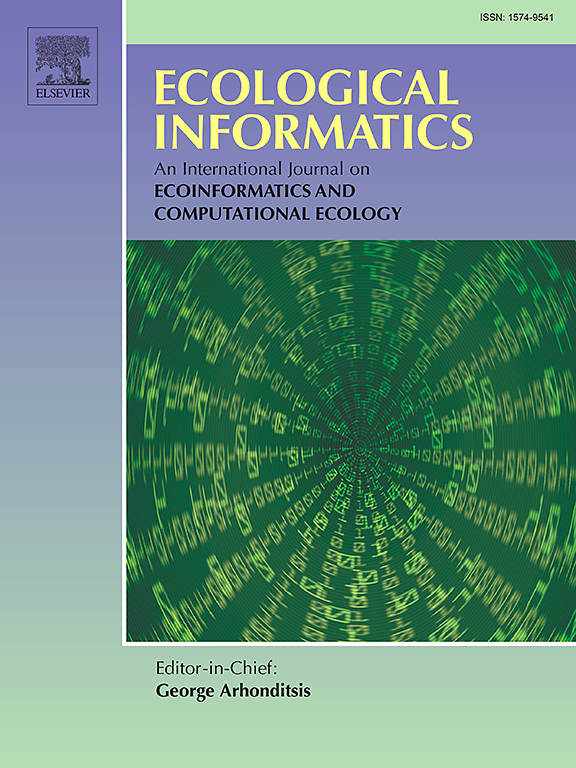Using 360-degree panoramic technology to explore the mechanisms underlying the influence of landscape features on visual landscape quality in traditional villages
IF 5.8
2区 环境科学与生态学
Q1 ECOLOGY
引用次数: 0
Abstract
Traditional villages, as integral components of cultures worldwide, preserve rich and irreplaceable tangible and intangible cultural heritage. However, due to China's rapid urbanization and the burgeoning rural tourism industry, the original landscape of traditional villages is being damaged. Therefore, their visual landscape quality must be scientifically evaluated and protected. This study explores the impact of landscape features on visual landscape quality. It considers Zhaoxing Dong and Basha Miao villages as case studies, utilizing 360-degree panoramic technology, a combination of scenic beauty estimation and semantic differential methods, and expert focus group discussions. The analyses revealed that eight landscape feature indicators significantly affect the visual landscape quality of traditional villages. Among these, landform diversity, waterscape, architectural style uniformity, historical sense of paved roads, folk activity landscape, and environmental cleanliness have a significant positive impact on visual landscape quality, whereas plant diversity and color richness exhibit complex bidirectional effects in enhancing visual landscape quality. Experts discussed the mechanisms underlying these influencing factors and proposed seven specific strategies and recommendations for protecting and enhancing the visual landscape quality of traditional villages: enhancing ecological aspects, preserving cultural heritage, improving infrastructure and environmental protection, encouraging community participation, developing relevant policies and regulations, promoting sustainable tourism development, and encouraging cross-sector cooperation with funding and technical support to ensure sustainable development.
求助全文
约1分钟内获得全文
求助全文
来源期刊

Ecological Informatics
环境科学-生态学
CiteScore
8.30
自引率
11.80%
发文量
346
审稿时长
46 days
期刊介绍:
The journal Ecological Informatics is devoted to the publication of high quality, peer-reviewed articles on all aspects of computational ecology, data science and biogeography. The scope of the journal takes into account the data-intensive nature of ecology, the growing capacity of information technology to access, harness and leverage complex data as well as the critical need for informing sustainable management in view of global environmental and climate change.
The nature of the journal is interdisciplinary at the crossover between ecology and informatics. It focuses on novel concepts and techniques for image- and genome-based monitoring and interpretation, sensor- and multimedia-based data acquisition, internet-based data archiving and sharing, data assimilation, modelling and prediction of ecological data.
 求助内容:
求助内容: 应助结果提醒方式:
应助结果提醒方式:


